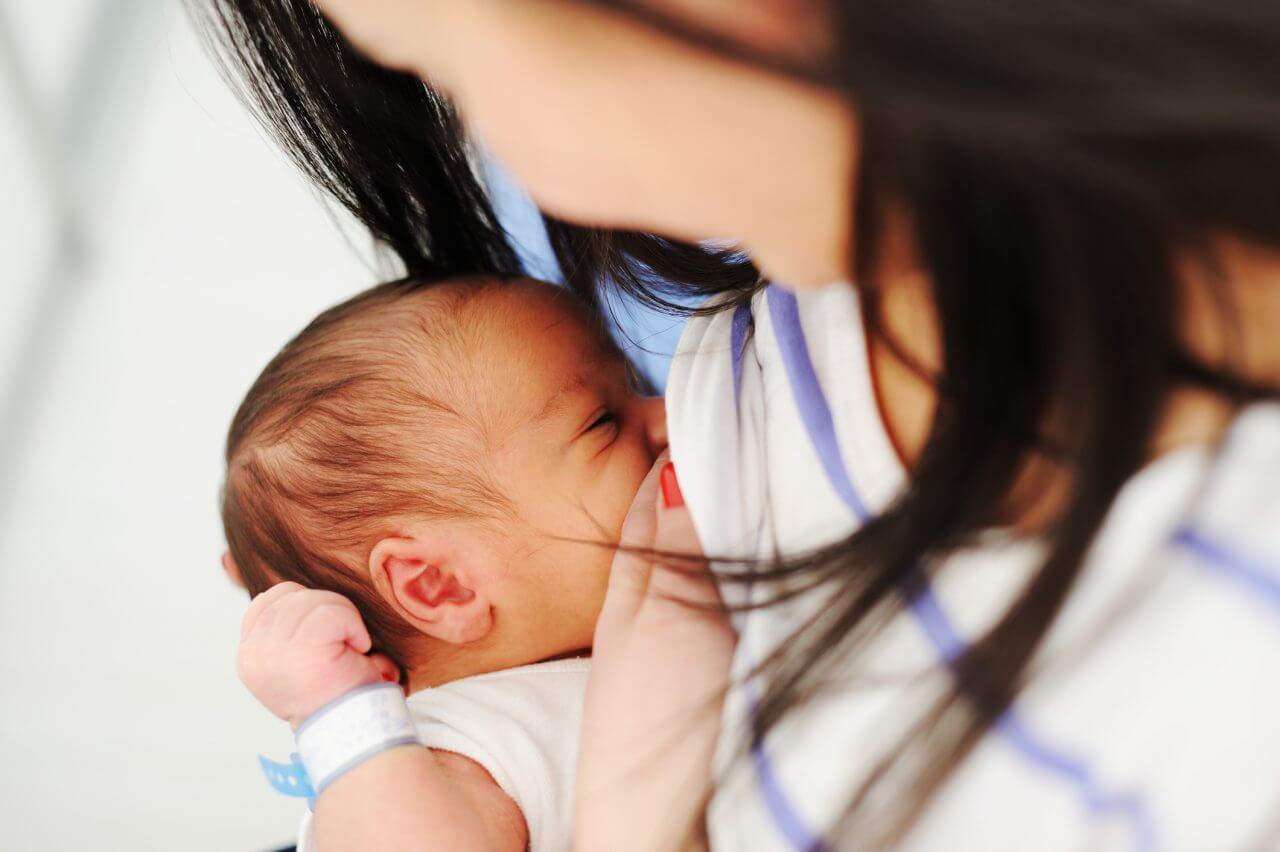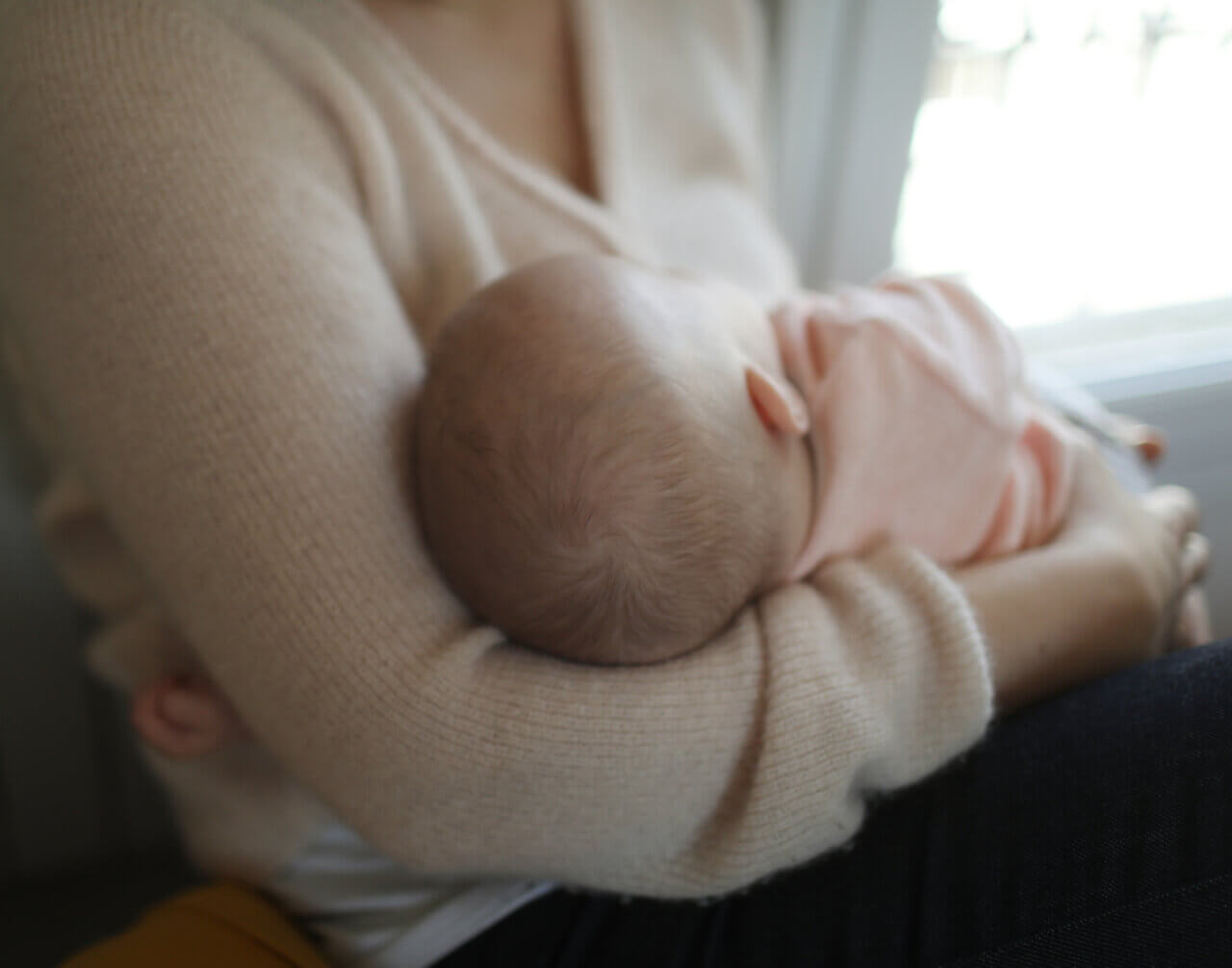How to Treat Clogged Milk Ducts and Mastitis

Breasts have ducts through which milk flows from the mammary glands to the nipples. In breastfeeding mothers, these ducts can become plugged. This is more common with new mothers who’ve chosen not to breastfeed and those who’ve recently stopped breastfeeding.
Signs of a clogged milk duct include:
- A milk bleb, which is a white dot on the nipple
- Pain and/or swelling in a particular location in the breast
- A tender lump in the breast
- Generalized swelling and heat in the breast
- Reduced milk flow on the affected side
- A lumpy texture to the skin in a particular area of the breast
In addition, some breastfeeding mothers may experience a low-grade fever with a clogged milk duct. Elevated temperature can be an indicator of other problems, such as mastitis, so it’s important to talk with your doctor if you develop a fever.
How Can Clogged Milk Ducts Be Prevented or Treated?
The best way to prevent clogged milk ducts is to breastfeed regularly and fully empty the breasts at every feeding. A breast pump can help with emptying, if needed. Avoiding underwire bras and wearing loose-fitting clothing can be helpful as well.
If a clogged milk duct occurs, these actions may help break up the clog and relieve the symptoms:
- Take warm Epsom salt baths that cover the breasts for up to 20 minutes
- Apply a warm cloth or a heating pad for 20 minutes at a time
- Breastfeed in a position such as on all fours where gravity can assist with draining the clogged duct
- Breastfeed in a position where the baby’s nose points toward the clogged duct, which can produce a stronger pull and loosen the clog
- Gently massage the breast, starting just above the clog and moving downward toward the nipple (Note: do not pinch or squeeze the clogged area)
What Is Mastitis?
Mastitis is an inflammation of the breast tissue often caused by an infection. It’s most common in breastfeeding mothers. However, it can occur in women who aren’t breastfeeding and also in men.
Symptoms of mastitis include:
- Breast swelling
- A lump in the breast or thickening breast tissue
- Tender breasts
- Redness of the skin, often in a triangular pattern, or skin that’s warm to the touch
- Pain when breastfeeding, or in general
- Low-grade fever
- Chills
- Fatigue
- General feeling of being sick
How Can Mastitis Be Prevented or Treated?
Regular and complete emptying of the breasts when breastfeeding can help prevent mastitis. If the condition occurs, it’s important to contact your healthcare provider. While medication isn’t always required, your doctor may prescribe antibiotics and/or pain relievers in some instances.
Regardless of the course of action taken, you should continue to empty your breasts regularly as this will help prevent additional problems such as clogged milk ducts, which can increase pain and swelling. Other steps you can take to reduce the symptoms of mastitis include:
- Applying a warm compress before and after feedings
- Applying an ice pack after feedings if heat doesn’t provide relief
- Drinking at least 10 glasses of water a day
Learn More About Clogged Milk Ducts and Mastitis from Baptist Health
Your doctor can answer questions about clogged milk ducts and mastitis. Information on these conditions and other breastfeeding difficulties can also be addressed by our lactation consultants or through other resources that include classes and monthly support groups.



